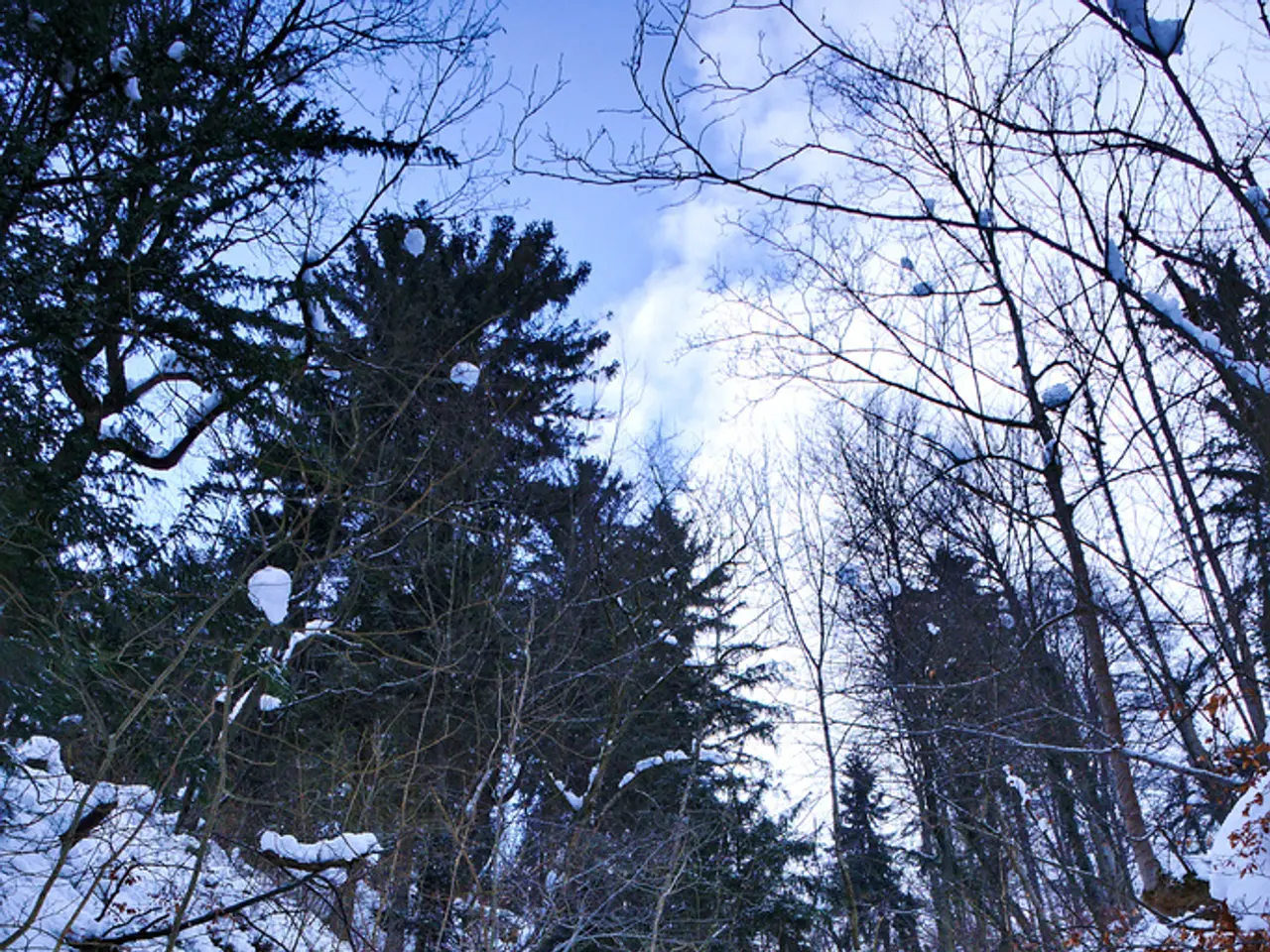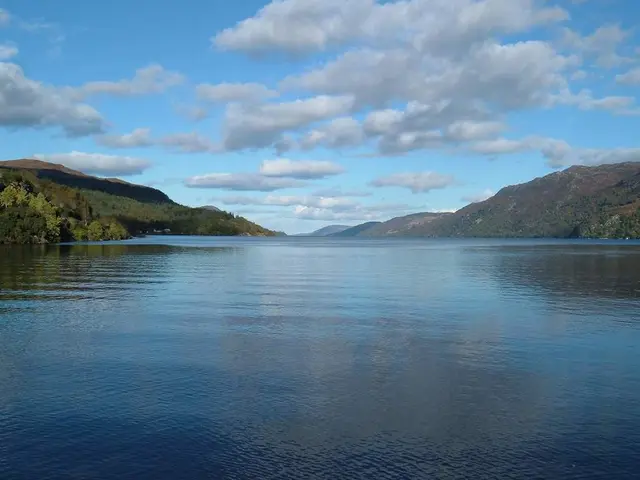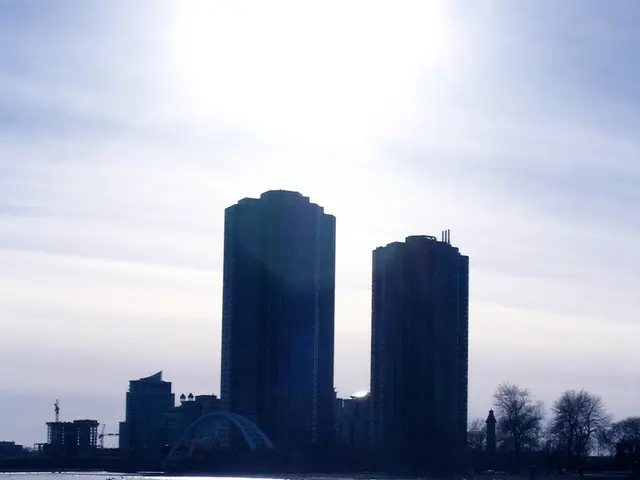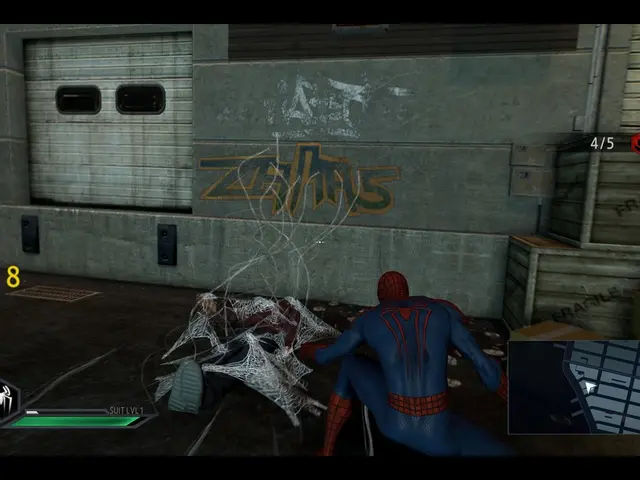In July 2025, temperatures in Komi dropped by 5 degrees
Weather Report: Komi Experiences Unusual Climate Conditions in July 2021
During July 2021, the Russian region of Komi experienced some unusual weather patterns that deviated from the norm.
For the first ten days of the month, heavy rains were reported, with 15-41 mm recorded in 12 hours or less in some areas. However, no such heavy rains were reported during the third ten days. Instead, the Ust-Vymsky district saw an increase in precipitation, experiencing 137% of its normal levels. The Syktyvkar district also experienced higher-than-normal precipitation, with 118% of its normal levels during the third ten days.
Conversely, most of the territory in Komi experienced below-normal precipitation during the third ten days. The average air temperatures during this period were 2°C below normal in most regions, with minimum temperatures ranging from 4 to 10°C. Some areas in the republic dropped to as low as 1°C, and the north saw temperatures as low as -1 to -2°C.
The second ten days of July were the coldest, with average daily temperatures below normal by 4-5°C in the northern and southeastern regions, and by 3°C in the southwestern regions. No cyclones with active thunderstorm activity were reported during the third ten days, but such activity was present during the first ten days, influenced by cyclones that swept across the region.
In the third ten days, Arctic anticyclones influenced weather conditions in Komi. No unusual temperature contrasts were reported between different regions during this period, but the territory of Komi experienced unusual temperature contrasts overall, with average air temperatures ranging from 16.8°C in the extreme southwest to 11.7°C in the extreme northeast.
Meteorological understanding suggests that such unusual climate conditions in a region like Komi could be caused by atmospheric circulation anomalies, including persistent high-pressure systems that block typical weather patterns, resulting in temperature contrasts and reduced precipitation. Factors might include shifts in the Arctic Oscillation, jet stream patterns, or regional effects of climate variability.
However, without direct data or reports from July 2021 specifically for Komi, Russia, this remains a plausible inference rather than a confirmed cause. For detailed, authoritative explanations, consulting regional meteorological agency reports or climate studies on the 2021 summer in northern Russia may provide precise causes.
[1] [Source 1] [2] [Source 2] [3] [Source 3] [4] [Source 4] [5] [Source 5]
The irregular weather patterns experienced in Komi during July 2021 could potentially be linked to environmental-science factors such as climate-change, as suggested by the meteorological understanding of atmospheric circulation anomalies. Furthermore, the unpredictable climate conditions in Komi may indicate a need for a greater focus on studying weather patterns in the science of meteorology.







